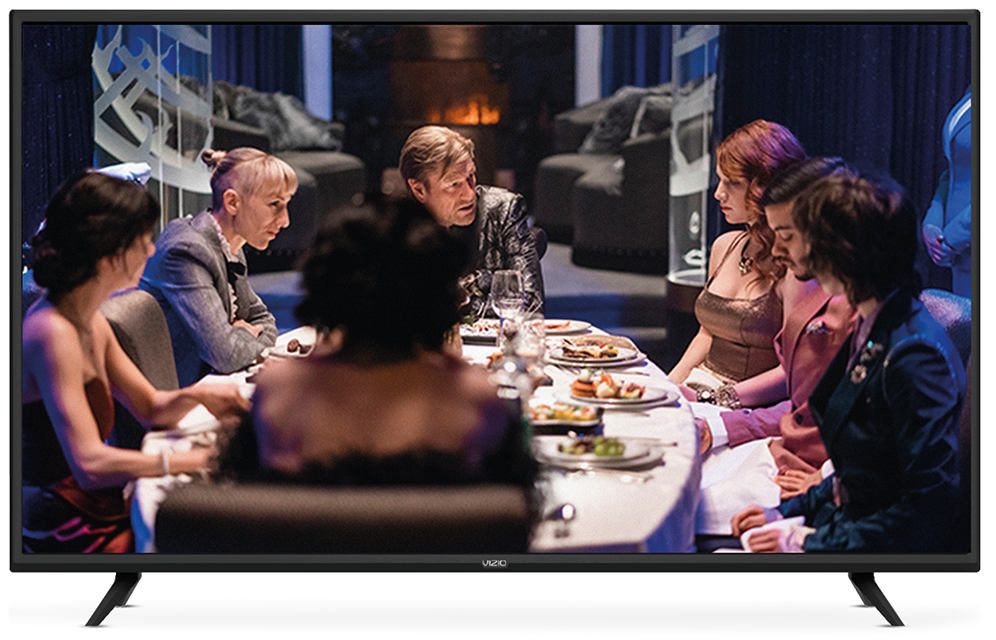Streaming Paves a Path for Addressable Ads
Invidi launches two initiatives that would ramp up personalization

While addressable TV advertising — the notion of being able to send specific spots to individual viewers depending on their demographics — is becoming more popular than ever, much of that popularity is tied to the rise of streaming.
Streaming, by its nature, is built for addressablity. With the exception of some linear-like channels on the free ad-supported streaming TV platforms (FASTs), it is almost exclusively on-demand.
Linear, though, is a different story.
The U.S. has had a linear addressable market for some time, led by satellite-TV providers Dish Network and DirecTV (now AT&T), which had national audiences and the right software in their set top boxes to allow linear addressable to happen.
While advertisers liked the Dish and DirecTV solutions, the satellite providers did not have the scale to make linear addressable anything more than a niche solution.
Project OAR and Nielsen’s linear addressable solutions set out to rectify the scale issue by allowing for addressable overlays on smart TVs, regardless of which provider the viewer was subscribed to.
Ready to Scale Up
Now the addressable universe is poised to gain even more scale.
Broadcasting & Cable Newsletter
The smarter way to stay on top of broadcasting and cable industry. Sign up below
Invidi, long a powerhouse in this space, has recently launched two initiatives that hold great promise for increasing the scale and scope of linear addressable.
The first is a collaboration with middleware provider Irdeto to create a solution that allows set-top boxes running on Irdeto to deliver addressable ads. This opens up the addressable linear market around the world, especially in Europe, where Irdeto has a sizable footprint.
Just as important, it allows for all distributors — cable, satellite, telco as well as broadcasters and operators (pretty much anyone with a set top box) — to offer an easy and complete linear addressable solution, one that agencies and brands should find much easier to buy at scale, as it eliminates any concerns about compatibility across distributors.
The Irdeto deal builds on the momentum of recent news that Invidi has been certified by Project OAR (Open Addressable Ready) to deliver addressable ads from WarnerMedia via Vizio smart TVs.
Project OAR uses smart TV’s ability to recognize what programming the (opted-in) viewer is watching and then deliver a more targeted spot as an overlay. For networks, it’s a way to sell and deliver addressable spots directly, without having to go through the multichannel video programming distributors (MVPDs).
Scale is the big takeaway here too: Invidi is now able to deliver WarnerMedia’s addressable ads across not just Vizio TVs, but across Verizon, Dish and DirecTV set-top boxes as well. By increasing the size of the potential audience, the deal makes it easier for buyers to justify running addressable ads on WarnerMedia’s networks as they can reach a larger audience across both set-top boxes and smart TVs.
The goal is to expand this arrangement to other networks and other set-top boxes and OEMs so that the linear addressable buys can easily be made across a much larger potential audience. This will be key as the shift to streaming will not happen overnight and brands will need to continue to have a strong presence on linear for the next five to 10 years.
Two Definitions of Addressable
While addressable advertising is indeed hot right now, we’re also seeing the development of two somewhat different definitions of what addressable actually means. For many brands, “addressable” involves bringing in either their own first-party data (e.g., their loyalty program members) or buying that sort of data from a third party and then targeting ads to only run against that audience.
That setup is in line with how digital advertising is sold and for a long time has been the primary way that linear addressable was sold too.
But as viewers are shifting from linear to streaming, an alternate definition has cropped up where, rather than buying against a specific target, brands are buying against the same Nielsen demo they’re targeting on traditional linear (e.g,. women 18 to 49) as a way of extending reach.
These buys are mostly being made on streaming, as brands use streaming as a way of extending reach, hitting audiences they are missing on linear, while still casting a fairly broad net. Because the ads are not going to the entire audience, they are frequently called “addressable” as well, though it seems clear that a new term is needed for these types of reach-based buys.
Another item for the to-do list.
Alan Wolk is the co-founder and lead analyst for media consultancy TV[R]EV

